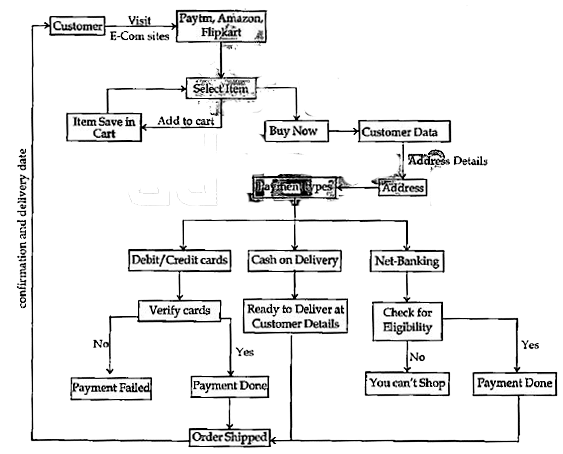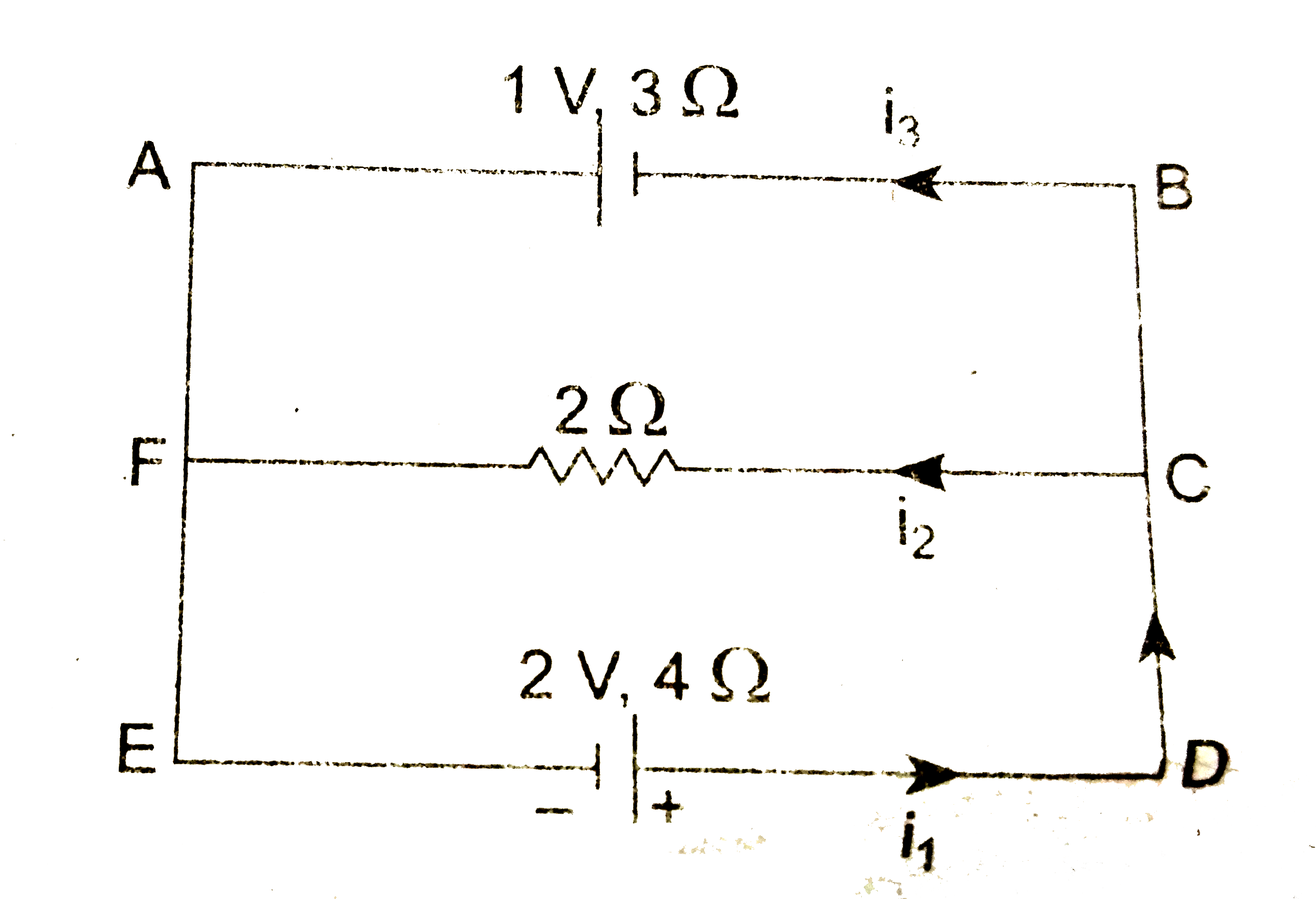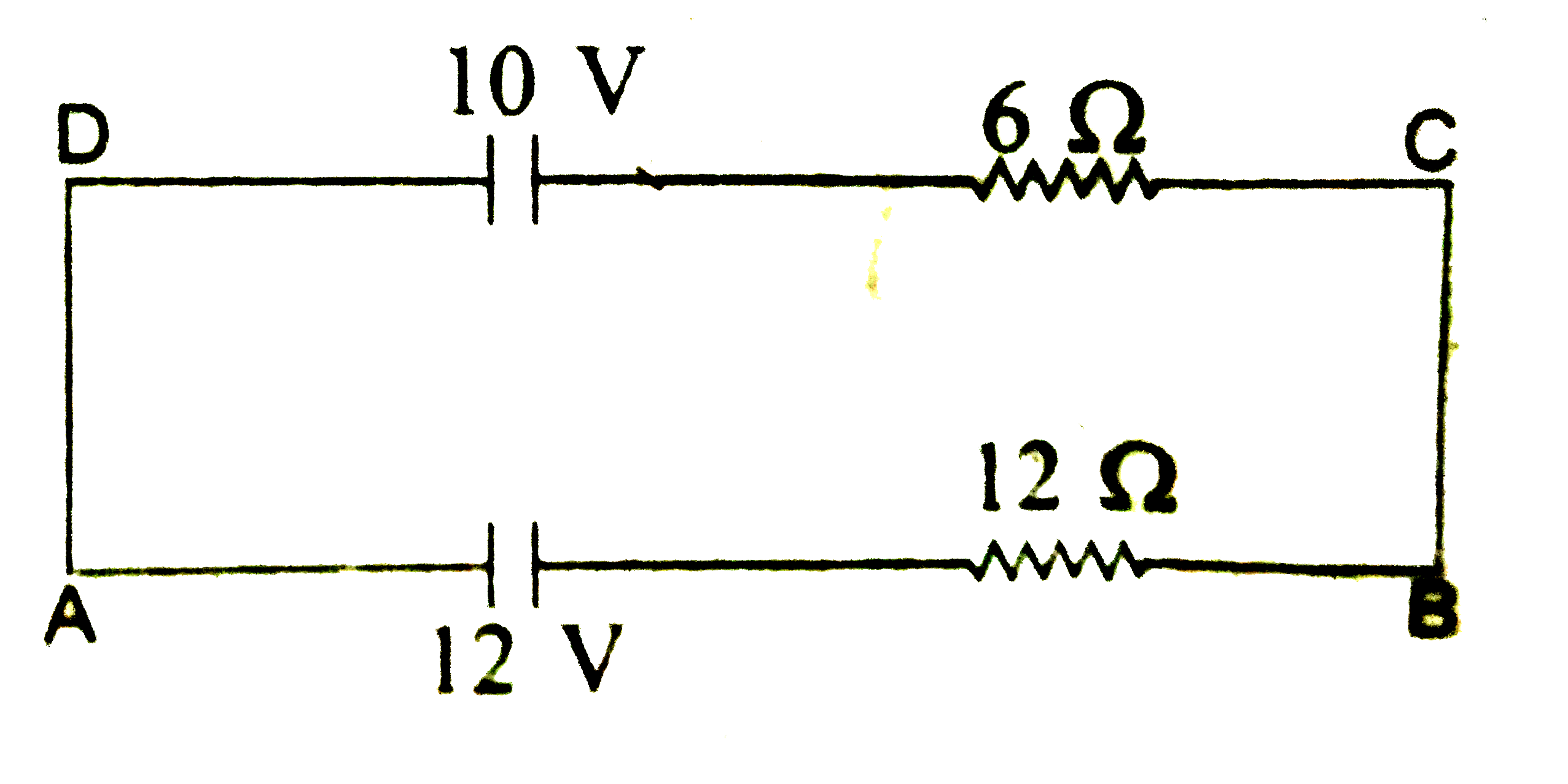In this question below is given a passage followed by several inferences. you have to examine each inference seperately in the context of the passage and decide upon its degree of truth or falsity. Mark your answr as :
(a) If the inference is definitely true i.e. it direclty follows from the facts given in the passage
(b) if the inference is probably true though out definitely true in the light of the facts given
(c] If you think the data are inadequate from the facts given you can not say whether the inference is likely to be true or false .
(d) If you think the inference is probably false though out definitely false in the light of the facts given
(e) If you think the inference is definitely false i.e. it contradicts the given facts
Pollution amount to slow murder . Regular exposure to industrial and vehicular pollution leads to life threatening disease like asthma heart problems cancer and various other disorders. Therefore no body has the right to pollute rich or poor. Industrial and vehicular pollution are growing rapidly across the country. It is not just metropolitan centres that are heavily polluted today but also small and medium towns. Pollution is growing faster than the economy . This is because the western technological model built on heavy use of energy and materials. is an inherently highly toxic model. It produces huge amount of toxic pollutants which can be controlled if there is careful choice of technology and there is considerable discipline in its use.
Proper planning in use of modern technology leads to less pollution in the environment.
If the inference is 'definitely true' i.e., it directly follows from the facts given in the passage
If the inference is 'probably true' though not definitely true in the light of the facts given
If you think the data are inadequate i.e., from the facts given you cannot say whether the interence is likely to be true or false.
If you think the inference is 'probably false' though not definitely false in the light of facts given
The correct Answer is:A
The last line of the passage talks about careful choice of technology which would control the pollution, hence the inference is definitely true.
Topper's Solved these Questions
- INFERENCE FROM PASSAGE BOOK - ADDA247CHAPTER - INFERENCE FROM PASSAGE EXERCISE - MODERATE
40 Videos
- INFERENCE FROM PASSAGE BOOK - ADDA247CHAPTER - INFERENCE FROM PASSAGE EXERCISE - DIFFICULT
40 Videos
- DFD (DATA FLOW DIAGRAM)BOOK - ADDA247CHAPTER - DFD (DATA FLOW DIAGRAM)EXERCISE - Practice Questions Based on Latest Pattern 2016-2017
20 Videos
- STATEMENT AND CONCLUSIONBOOK - ADDA247CHAPTER - STATEMENT AND CONCLUSIONEXERCISE - PREVIOUS YEAR(MEMORY BASED)
30 Videos
Similar Questions
Given below is a passage followed by several inferences, Examine the inferences separately in the context of the passage, and determine whether they are true or false. Mark
The Demographics of India are overall remarkably diverse. India's population of approximately 1.1 billion people comprises one-sixth of the world's population. India is expected to overcome China by 2030 and will then be the most populated country in the world. India has more than two thousand ethnic groups, and every major religion is represented, as are four major families of languages (Indo-European, Dravidian, Austro-Asiatic and Tibeto-Burman languages) as well as a language isolate (the Nihali language spoken in parts of Maharashtra). Further complexity is lent by the great variation that occurs across this population on social parameters such as income and education. Only the continent of Africa exceeds the linguistic, cultural and genetic diversity of the nation of India.
The population of the world is more than 5 billion.
View SolutionGiven below is a passage followed by several inferences, Examine the inferences separately in the context of the passage, and determine whether they are true or false.
The process of economic liberalization and institutional reforms which formally began in 1991 has significantly shaped India's transition from a planned economy to a market economy. The substitution of the erstwhile Monoplies and Restrictive Trade Practices Act (MRTP) 1969 by the Competition Act, 2002 is an exercise-to facilitate India's transition towards a market economy. The new Competition policy is aimed at promotion and sustaining competition in India market and ensuring overall economic efficiency in the wake of a liberalized economy.
liberalization and market regulation is a part of market economy.
View SolutionSee the following structure carefully and answer the given questions

Customer 'X' has decided to do online shopping. So. Different conditions are given in Data flow diagram. So after analyzing above DFD diagram you have to answer the given questions :
Which of the following step shows that customer receives order confirmation and delivery date of item ?
View SolutionIn a given question below is a statement followed by two conclusions numbered I and II. You have to assume everything in the statement to be true, then consider the two conclusions together and decide which of them logically follows beyond a reasonable doubt from the information given in the statement.
Give answer
(a) if only conclusion I follows, (b) if only conclusion II follows,
(c) if either I or II follows,
(d) if neither I nor II follows: and
(e) if both I and II follow
Statement: The distance of 900 km by road between Bombay and Jafra will be reduced to 280 km by sea. This will lead to a saving of Rs. 7.92 crores per annum on fuel.
Conclusions: I. Transportation by sea is cheaper than that by road.
II. Fuel must be saved to the greatest extent.
View Solutionपरिवर्ती ऑक्सीकरण अवस्थाओं से क्या तातपर्य है? इसे संक्रमण तत्वों के सन्दर्भ में समझाइए ।
View Solutionदिए गए परिपथ में प्रत्येक शाखा में धारा का मान ज्ञात करे ? ।

View Solutionदिए गये विघुत परिपथ की सहायता से ज्ञात कीजिए
- (i) परिपथ में धारा , तथा
(ii) बिन्दु A तथा B के बीच विभवान्तर ।

View Solutionकारण सहित बताइए की धारामापी अपने वास्तविक रूप में धारा नापने के लिए क्यों प्रयुक्त नहीं होता है?
View Solutionएक भिन्न इस प्रकार है कि यदि इसके अंश को 3 से गुणा किया जाए और हर से 3 घटाया जाए तो यह 1811 बन जाती है परन्तु यदि इसके अंश में 8 की वृद्धि की जाए तथा हर को दोगुना कर दिया जाए तो यह 25
View Solutionयदि एक भिन्न के अंश में इसका हर जोड़ दिया जाए और हर में से अंश घटा दिया जाए तो भिन्न 113 बन जाती है । भिन्न ज्ञात कौजिए यदि इसका अंश, हर से 3 कम है।
View SolutionA और B की आय में 9:7 का अनुपात और उनके खच्चों का अनुपात 4:3 है। यदि इनमें से प्रत्येक 4000 प्रति माई बचता है तो इनमे प्रत्येक की मासिक आय ज्ञात कीजिए । यदि प्रत्येक बुजुर्ग व्यकितयों के कार्यो में लगी सस्था में अपनी आय का 9% है तो इनमे प्रत्येक की परिणामी बचत ज्ञात कीजिए । यह कार्य दर्शाता है ।
View Solutionरेखिक समीकरणो के युग्मो में से कौन - से युग्म सगत / असगत है यदि सगत है तो ग्राफ़िय विधि से हल ज्ञात कीजिए।
x+y=5, 2x+2y=10
View Solutionरेखिक समीकरणो के युग्मो में से कौन - से युग्म सगत / असगत है यदि सगत है तो ग्राफ़िय विधि से हल ज्ञात कीजिए।
x−y=8 3x−3y=16
View Solutionरेखिक समीकरणो के युग्मो में से कौन - से युग्म सगत / असगत है यदि सगत है तो ग्राफ़िय विधि से हल ज्ञात कीजिए।
2x+y−6=0, 4x−2y−4=0
View Solutionरेखिक समीकरणो के युग्मो में से कौन - से युग्म सगत / असगत है यदि सगत है तो ग्राफ़िय विधि से हल ज्ञात कीजिए।
2x−2y−2=0 4x−4y−5=0
View Solutionएक रेखिक समीकरण दी गई है । दो चरो में एक ऐसी और रेखिक समीकरण लिखिए ताकि प्राप्त युग्म का ज्यामितीय निरूपण जैसा कि:
(i)प्रतिच्छेद करती रेखाए हो।
(ii) समान्तर रेखाए हो।
(iii) सम्पती रेखाए हो|
View Solution